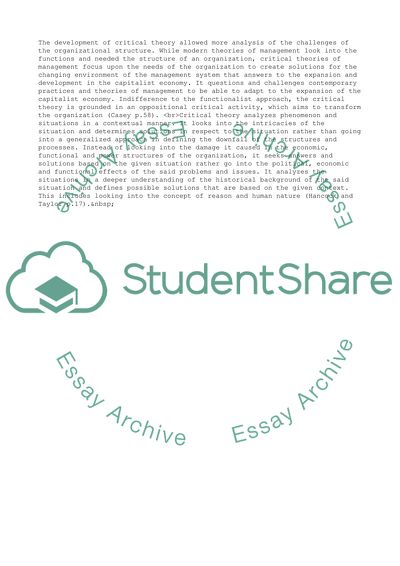Cite this document
(Traditional and Modern Approach to Management Studies Dissertation, n.d.)
Traditional and Modern Approach to Management Studies Dissertation. Retrieved from https://studentshare.org/management/1735718-3how-would-critical-and-post-modern-ideas-change-the-way-a-manager-behaved-in-their-work-environment
Traditional and Modern Approach to Management Studies Dissertation. Retrieved from https://studentshare.org/management/1735718-3how-would-critical-and-post-modern-ideas-change-the-way-a-manager-behaved-in-their-work-environment
(Traditional and Modern Approach to Management Studies Dissertation)
Traditional and Modern Approach to Management Studies Dissertation. https://studentshare.org/management/1735718-3how-would-critical-and-post-modern-ideas-change-the-way-a-manager-behaved-in-their-work-environment.
Traditional and Modern Approach to Management Studies Dissertation. https://studentshare.org/management/1735718-3how-would-critical-and-post-modern-ideas-change-the-way-a-manager-behaved-in-their-work-environment.
“Traditional and Modern Approach to Management Studies Dissertation”, n.d. https://studentshare.org/management/1735718-3how-would-critical-and-post-modern-ideas-change-the-way-a-manager-behaved-in-their-work-environment.


